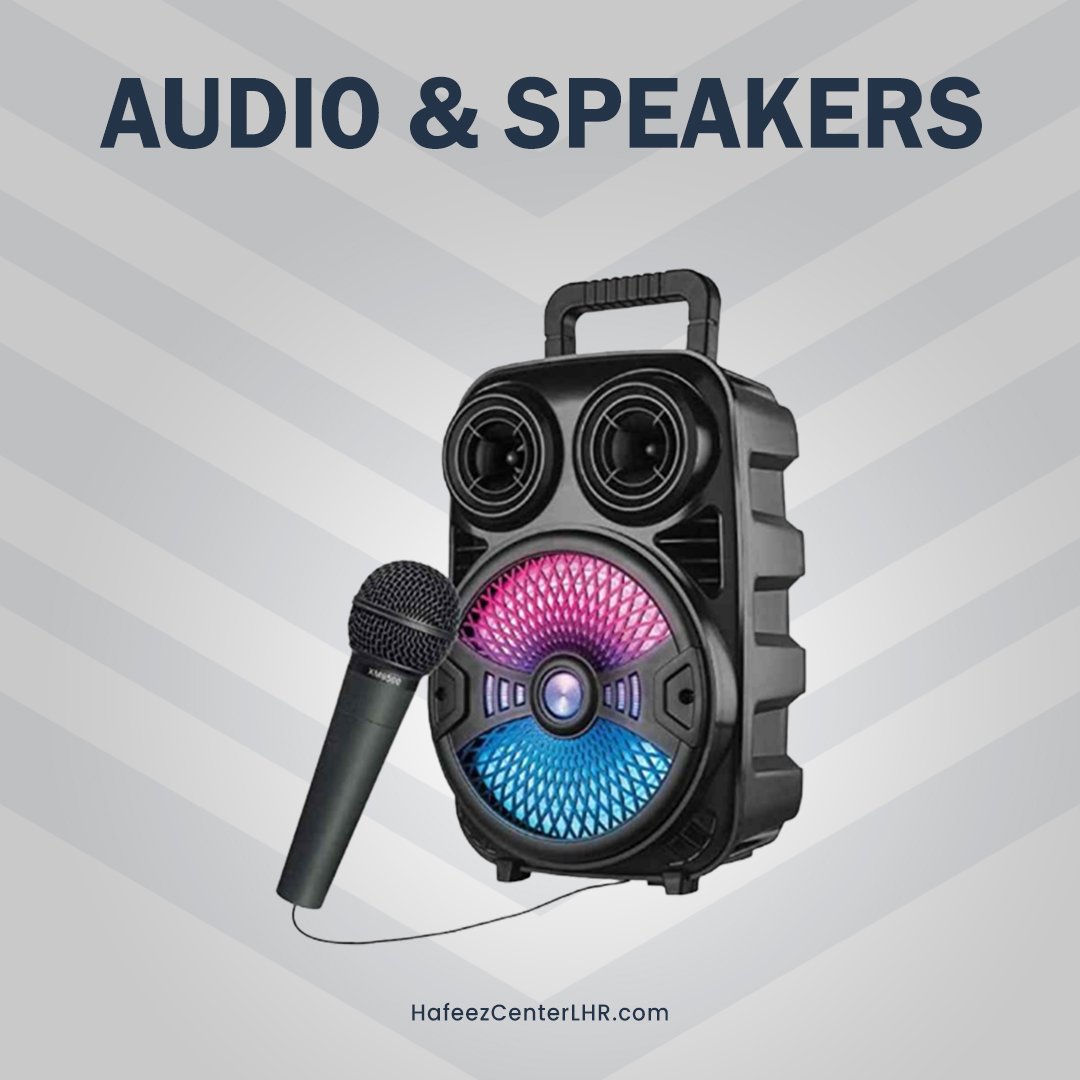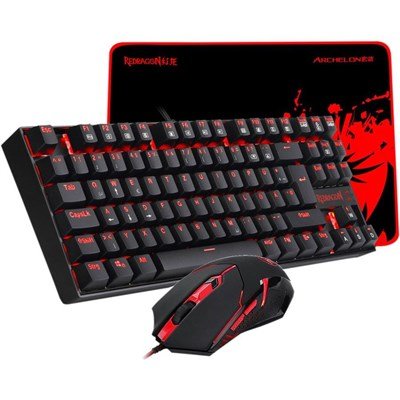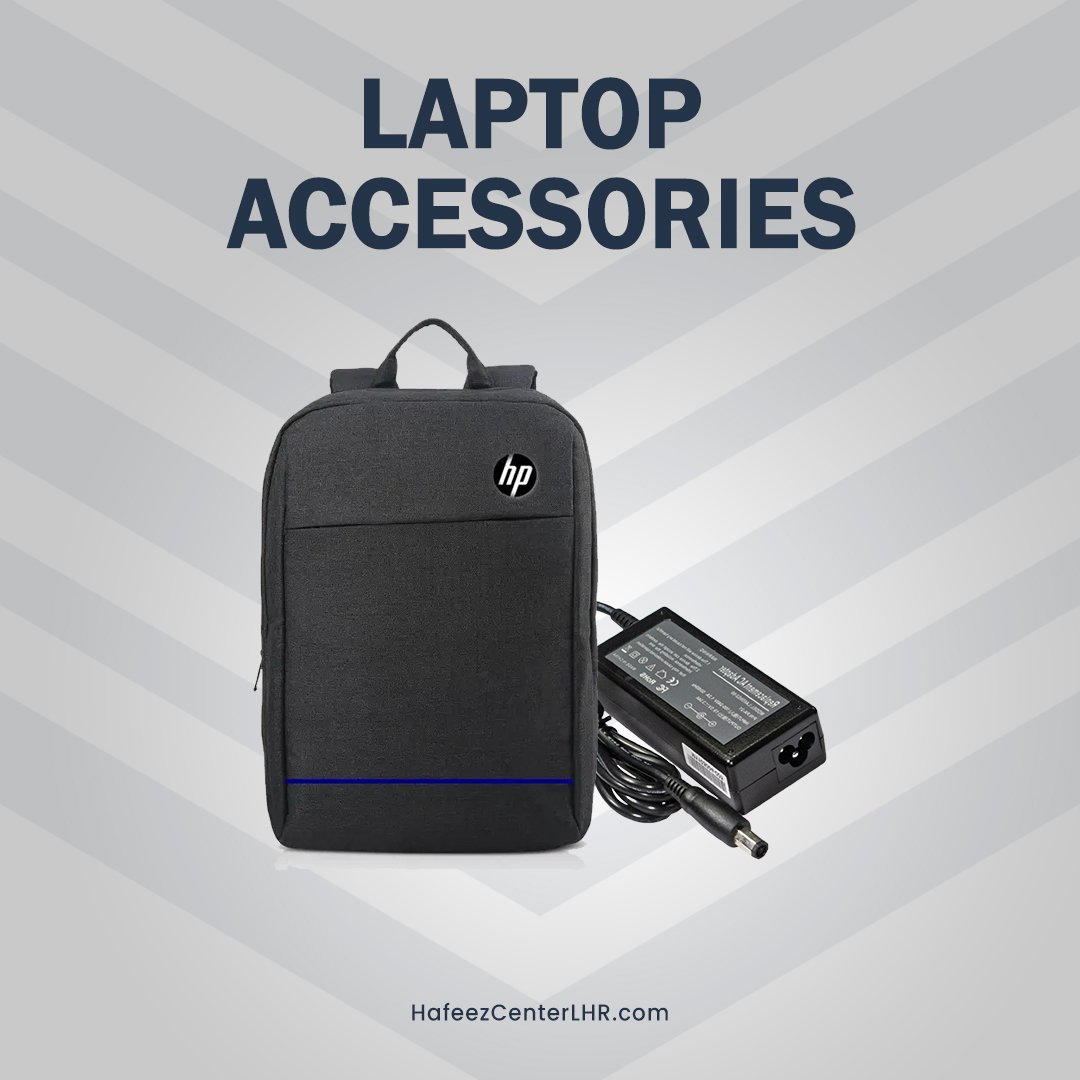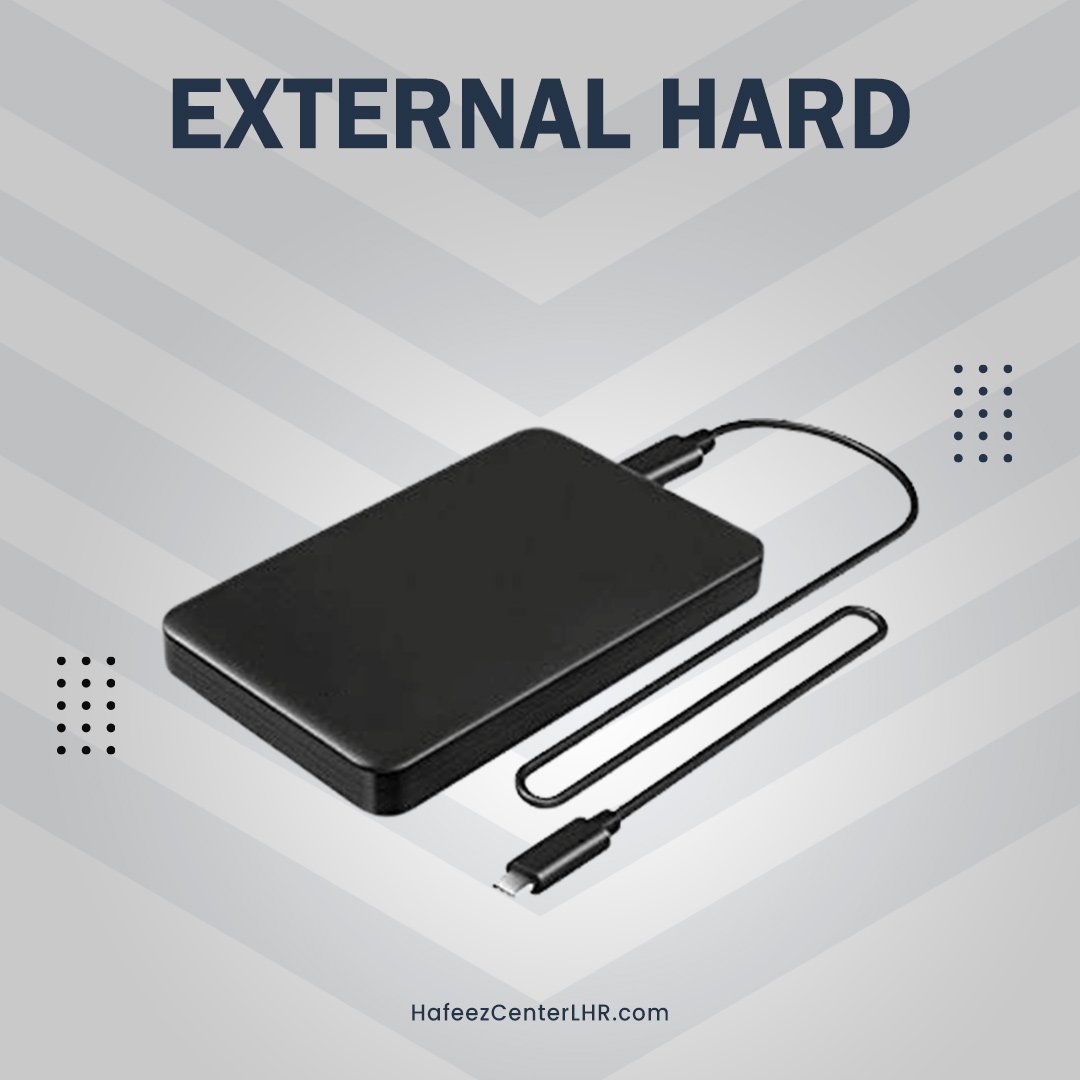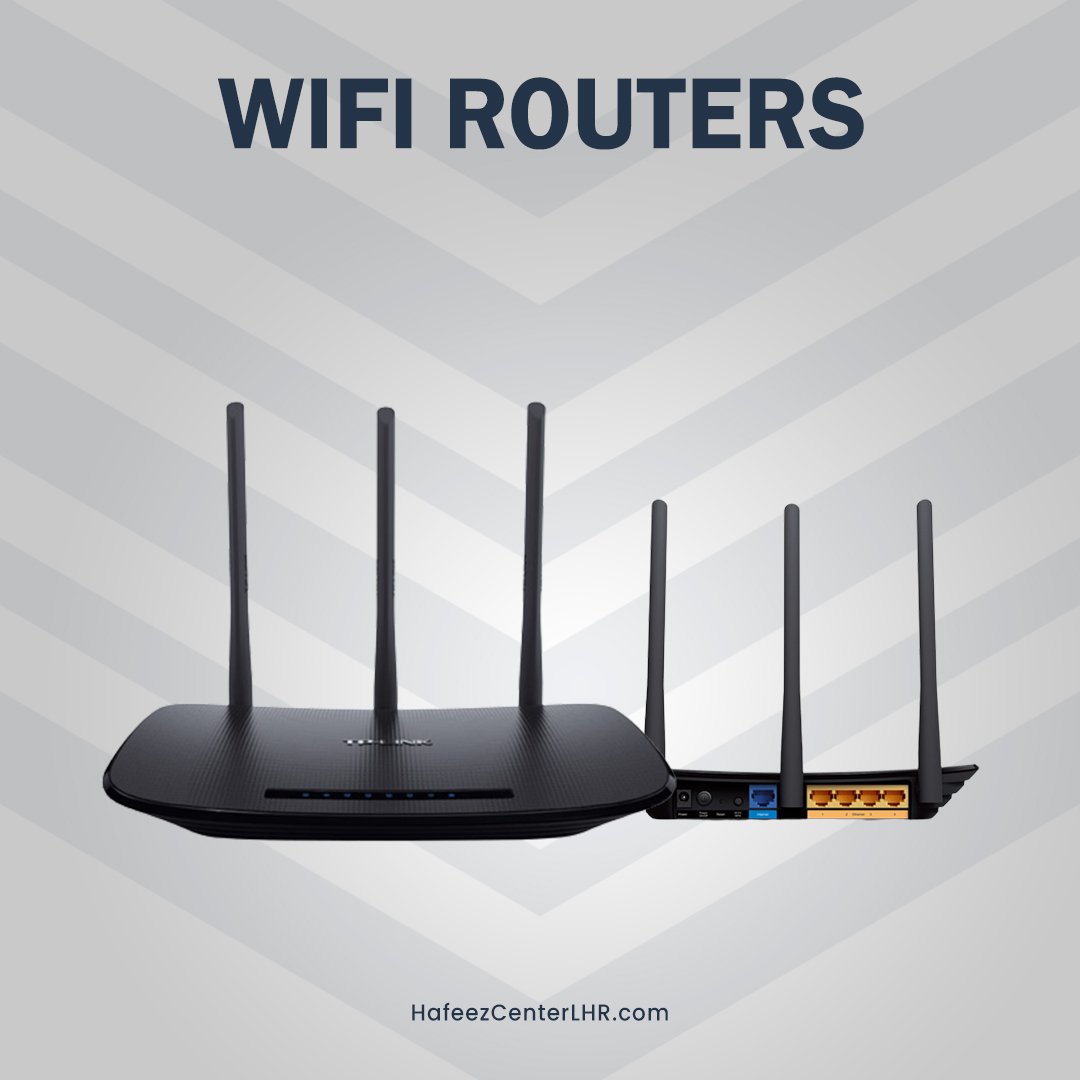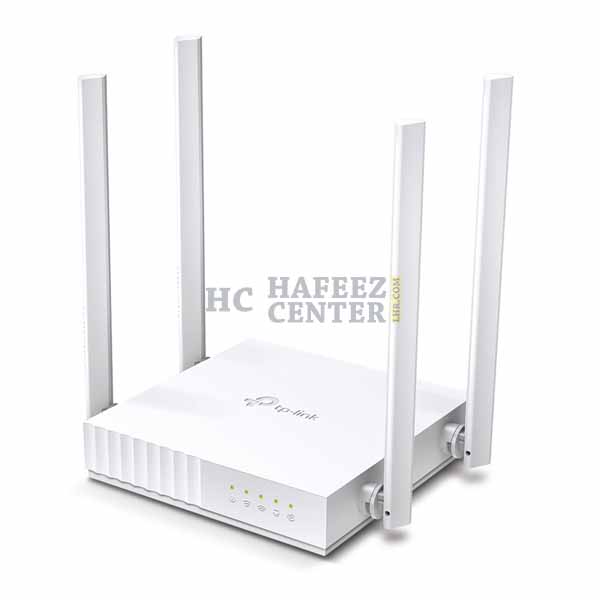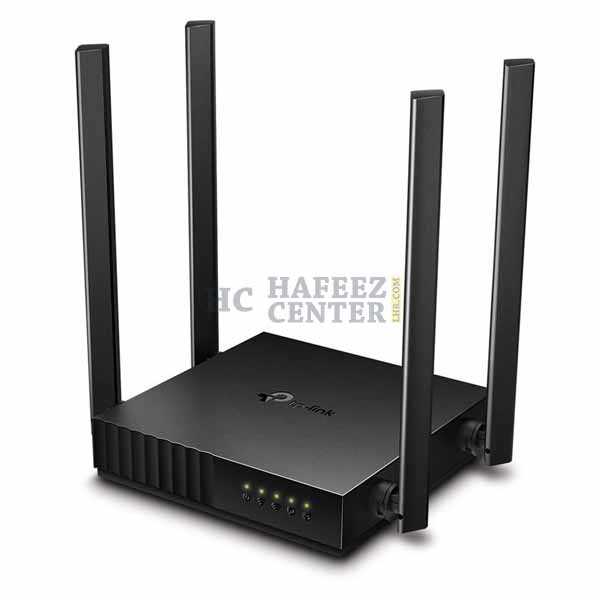TP link
- TP link
Original price was: ₨ 27,499.₨ 24,500Current price is: ₨ 24,500.
Original price was: ₨ 30,400.₨ 27,500Current price is: ₨ 27,500.
₨ 8,200
Original price was: ₨ 21,000.₨ 17,500Current price is: ₨ 17,500.
Original price was: ₨ 22,500.₨ 19,500Current price is: ₨ 19,500.
Original price was: ₨ 32,500.₨ 29,500Current price is: ₨ 29,500.
Original price was: ₨ 53,000.₨ 42,500Current price is: ₨ 42,500.
Original price was: ₨ 8,799.₨ 8,200Current price is: ₨ 8,200.
₨ 8,600
₨ 8,700
Original price was: ₨ 12,499.₨ 9,800Current price is: ₨ 9,800.
Original price was: ₨ 23,999.₨ 22,999Current price is: ₨ 22,999.


